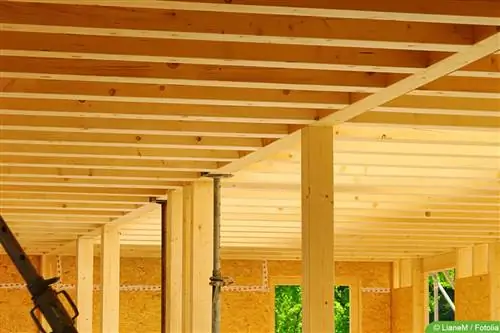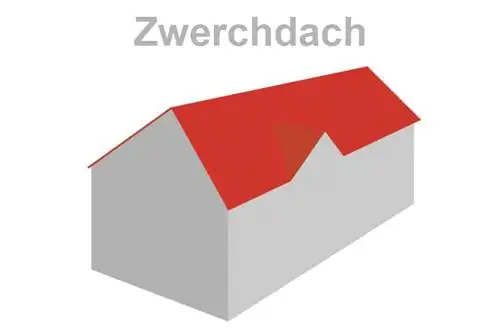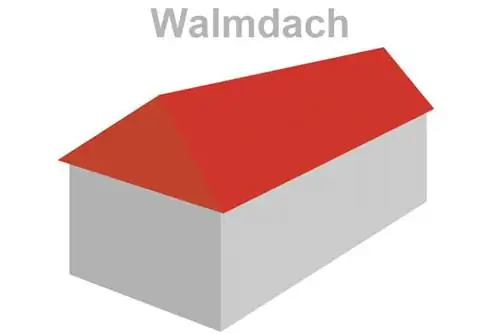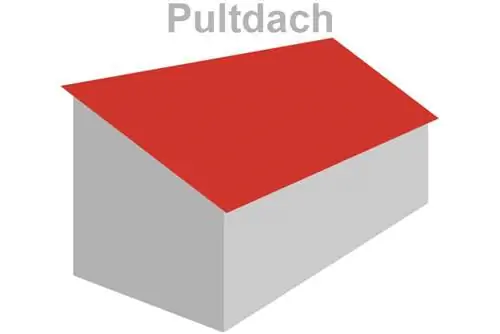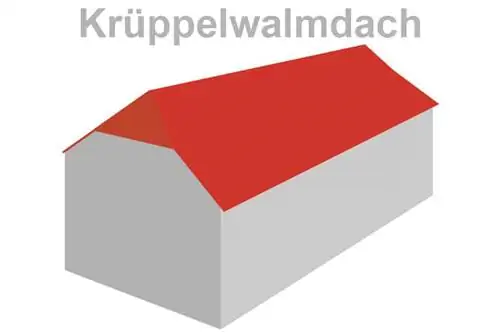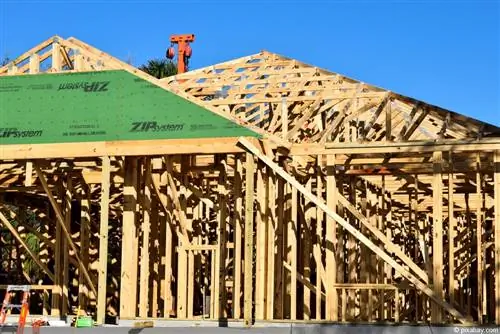- Author admin [email protected].
- Public 2023-12-17 03:39.
- Last modified 2025-01-24 12:45.
Houses built using timber frame construction offer a number of advantages. These include, for example, the environmentally friendly properties of the material, lower costs and thinner walls. However, this variant is not free from disadvantages.
Potential Benefits
The possible advantages of timber frame construction include:
- Can also be implemented on difficult grounds
- flexible adjustment of the walls
- lower costs
- ideal for extensions
- short construction period
- renewable raw material
- comparatively light weight
- many things can be built on your own
However, these advantages are also offset by potential disadvantages.
Fire protection
Unlike stone and metal, wood is a combustible material. Damage can therefore occur more quickly. However, solid wood has predictable burning behavior. Firstly, it is difficult to ignite. So a few sparks are not enough to start a fire.
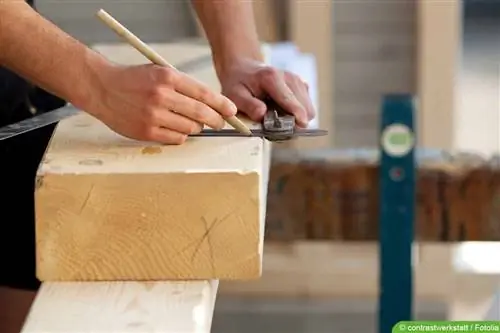
Secondly, a layer of charcoal forms, which slows down the fire. In addition, the beams of the frame do not break as easily as other materials. Apart from that, no toxic fumes are formed during burning. This is an advantage, at least compared to other materials. However, the flammability itself is a disadvantage.
Parasites
Wood is susceptible to woodworm. However, if the material has been treated accordingly in advance, it is of no interest to other pests. Chemical substances no longer have to be used for this.
Instead, targeted heat and dryness are sufficient. On the one hand, this kills any parasites that may already be present. On the other hand, the protein contained in the wood denatures, meaning that the material can no longer be used as a food source.
Rodents
For rodents such as mice and rats, wooden frame houses are no more or less interesting than solid houses. Since the material does not serve as food but as shelter, they can still cause damage to it. This is not so easy with solid construction methods. This is a clear disadvantage of wood.
Mold
If wood is properly dried and has been previously treated, the risk of mold is extremely low. Nevertheless, it is given. Of course, this also applies to other materials. With timber frame construction, there is still a risk of mold and rot causing significant damage.
Note:
Since load-bearing components are affected, the costs for the necessary restoration will be correspondingly high. In addition, the effort is often extensive.
Soundproofing
Wood naturally has a good insulating and insulating effect. However, it is necessary to build the walls in layers. Otherwise the house will become noisy and your well-being can be significantly disrupted. The principle is reminiscent of the impact sound insulation of floors.
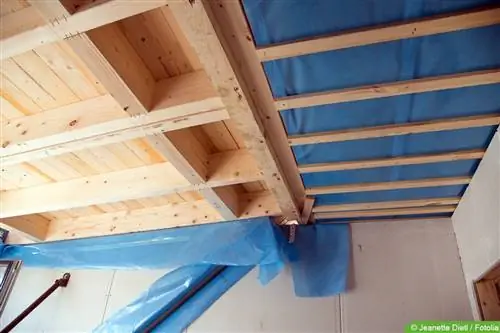
In order to insulate and seal walls using timber frame construction, a more complex structure is required. If this is neglected, the house is more reminiscent of a garden bungalow. Noises from adjoining rooms are clearly audible. The same applies to noise from outside. Whether it is street noise or people is irrelevant. It represents a stress factor and therefore also a potential disadvantage of the design.
Durability
A solidly constructed house needs to be completely renovated after about 100 years. Resistance and durability are therefore comparatively high. For houses made of wood, however, the duration is only around 60 years.
If the wood has not been treated properly or has been exposed to harmful influences, the service life can be significantly shorter. The effort required for maintenance is therefore higher and is therefore clearly a disadvantage.
Loss of values
Due to the potential disadvantages of timber frame construction and the comparatively short time until renovation is necessary, a corresponding loss of value must be expected. The resale value therefore drops quickly. However, it is always advisable to obtain a comprehensive report. A recent study shows that the service life of appropriately treated wood no longer differs from that of solid houses.

